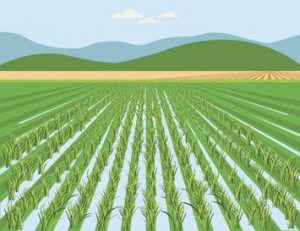GIAHS Programme:

The Minister of State for Agriculture and Farmers Welfare informed the Lok Sabha that India currently hosts three Globally Important Agricultural Heritage Systems (GIAHS).
- The Globally Important Agricultural Heritage Systems (GIAHS) is a Food and Agriculture Organization’s programme launched at the World Summit for Sustainable Development in 2002.
- It was launched in response to global threats to family farming and traditional agricultural systems, such as climate change, community displacements and biodiversity loss.
- It is aiming to strike a balance between conservation, sustainable adaptation and socioeconomic development, the programme helps to mitigate the threats faced by farmers while enhancing the benefits of farming systems.
- It uses a multistakeholder approach, GIAHS provides
- Technical assistance promotes the value of traditional agricultural knowledge and stimulates markets for agricultural products, agrotourism and other market opportunities.
India’s GIAHS:
- Koraput region (Odisha): It is renowned for its subsistence paddy cultivation, predominantly on highland slopes, and is home to a vast diversity of paddy landraces and farmer-developed varieties. It also harbors rich genetic resources of medicinal plants, deeply interwoven with the indigenous tribal communities and their traditional knowledge systems.
- Kuttanad system (Kerala): It is a unique below-sea-level farming landscape, comprising wetlands for paddy cultivation and fish catching, garden lands for coconut and food crops, and inland water bodies for fishing and shell collection.
- Saffron Park of Kashmir: It represents a rich agro-pastoral system characterized by traditional saffron cultivation, intercropping, and the use of organic farming practices, all of which contribute to maintaining local biodiversity and soil health.




